It's time for each user to become a "digital shield", be alert, vigilant and responsible for every click and share.
Benefits and the Fine Line from AI
Artificial intelligence has never been closer to life than it is today. Just a few clicks, a short command can create voices, images, even videos with startling realism. AI helps save time, reduce content production costs and open the era of flexible digital media.
However, the ability to “simulate realistically” has become a double-edged sword. Recently, social networks have continuously appeared videos created from deepfake technology, in which the faces of police leaders, images of functional forces in sensitive cases... are cut and pasted, dubbed with distorted voices to cause misunderstanding and divide people.
Staged images like this are increasingly appearing on social networks.
In a clip circulating on TikTok, the image of a traffic police officer on duty was paired with offensive dialogue, along with the hashtag "fine for the sake of it" to imply that this officer was abusing his power for personal gain. Many users, especially young people, easily believed this content because the image was so realistic, the voice was so close to the mouth shape that it became extremely difficult to distinguish between real and fake.
Just because he wanted to “show off” his ability to apply AI technology, a young YouTuber in Dien Bien had to pay the price by being administratively fined and forced to publicly apologize. On the afternoon of January 24, Dien Bien Provincial Police announced that the Cyber Security and High-Tech Crime Prevention Department had issued a decision to administratively fine Tong Van T. (born in 2001, residing in Muong Ang district) VND 7.5 million for using AI to create a fake video with distorted content and insulting the Traffic Police force.
Specifically, on January 7, T. uploaded to the YouTube account “Tuyền Vlog” a video of more than 3 minutes long with the shocking title: “While hanging out, I was chased by the traffic police”. In the clip, images and situations were staged using AI technology, simulating traffic police chasing people, combined with effects and comments that were offensive and defamatory of the authorities.
Working with the police, T. admitted that the entire content of the clip was a fake product with the purpose of "entertainment" and demonstrating the ability to use AI technology. In addition to the fine, the authorities asked T. to remove the above false video and publicly apologize to the traffic police on his personal YouTube channel.
In the era of digital technology explosion, especially the rapid development of artificial intelligence, hostile and reactionary forces have not hesitated to take advantage of this tool to create fabricated images and stories with the aim of distorting and defaming the image of the Vietnamese People's Public Security Forces. The photo that has been circulating on social networks recently, in which a pregnant woman in police uniform is threatened by two men with "gangster" looks, is a clear demonstration of this trick.
The AI-generated photo went viral on social media recently.
At first glance, viewers can easily mistake this for a real scene, accompanied by a sensational headline like: “Poor boy saves pregnant policewoman from being beaten by gangsters, unexpectedly opens a case that shocks the whole country...”. However, this is actually just a staged scene, possibly from a movie or entertainment product, or worse, an image created by AI to trick readers' emotions, leading them to pity and doubt the authenticity of law enforcement activities.
More worryingly, the dissemination of such content not only damages the reputation and image of the People's Public Security Forces, who are protecting security and order in society day and night, but is also a sophisticated form of psychological warfare. When people's trust in the authorities is eroded by false images, the deep goal of hostile forces to divide the great national unity bloc will be gradually realized.
Therefore, every citizen needs to raise their vigilance, have critical thinking and skills to identify fake information, and resolutely denounce and refute false content, contributing to protecting the ideological foundation and maintaining social stability against the current wave of toxic information on cyberspace.
In Ho Chi Minh City, a nearly 1-minute clip suddenly went viral on social media, recording a scene of a person in police uniform "extorting confession" from a violator in an office. In the video, the person believed to be a police officer has a harsh attitude, constantly yelling and scolding, even using rude words, causing outrage among the public.
However, immediately after the clip went viral, Ho Chi Minh City Police quickly investigated and confirmed that this was a sophisticated deepfake product. According to the conclusion, the face in the video was extracted from a recording of an internal conference of the police force, then used AI technology by bad guys to put it into a staged scene, making viewers mistakenly believe it was a real action.
In particular, the accompanying audio includes a threatening, insulting voice that is not actually the real words of any official but is a synthesized AI voice, programmed and edited to deceive the viewer's emotions.
The incident is a typical example of the use of deepfake technology to distort and defame the People's Public Security Forces, a trick that is increasingly being exploited by reactionary and anti-government forces in cyberspace. It is worth noting that if not promptly exposed, such fake products can lead to serious consequences: shaking people's trust in law enforcement forces, inciting resistance in the community and creating conditions for false arguments to spread. This is a clear warning about the urgency of improving media capacity to refute, detect and combat fake news, and at the same time calling on each citizen to be alert and not rush to share or comment on unverified content from official sources.
In another recent case, related to the handling of violations at a vehicle inspection center in the South, hostile subjects spread a fake video of a provincial police leader speaking in defense of erring officers. This clip was spread on Telegram and social networks with the title "backed by powerful forces", but in fact, it was a product of AI, completely not appearing in any press conference or official document.
A dangerous trend is quietly spreading in cyberspace, which is that bad guys use AI technology to create fake clips with the purpose of fraud and blackmail. Recently, many people have become victims when their images, especially those of prestigious people such as lawyers, doctors, and businessmen, are edited into advertising videos "recovering money scammed online".
In these clips, AI is used to fake the voice and face of the lawyer, making viewers trust, thereby easily providing personal information or transferring money to the scammer. More dangerously, some subjects also use deepfake technology to put the victim's face into sex videos, then send them to their wives, husbands or colleagues with the purpose of threatening and forcing them to transfer money to "keep the matter secret".
A shocking incident occurred in March 2025, when a victim in Hanoi was asked to transfer tens of millions of dong after receiving a fake sex clip with his own image. Meanwhile, in Ho Chi Minh City, another person was blackmailed up to 2 billion dong if he did not want the sensitive video to spread. The Ministry of Public Security has stepped in, identifying many transnational criminal groups, mainly from China and Southeast Asia, behind these lines and using junk SIM cards, e-wallets and social networking platforms to hide their identities.
This is no longer a small-scale scam but a form of “high-tech psychological warfare”, deeply exploiting the fear of honor and social relationships to put pressure on the victim. If you do not raise your vigilance, skills in identifying information and unusual behavior, anyone can become “prey” in the hands of criminals using high technology. In the face of this sophisticated wave of forgery, every citizen needs to be alert, absolutely not share personal information indiscriminately and be ready to speak up to denounce illegal acts, contributing to protecting the safety of themselves and the community.
A “digital shield” from the community is needed to fight the threat of deepfake.
According to the Department of Radio, Television and Electronic Information (Ministry of Culture, Sports and Tourism), in 2024, digital platforms in Vietnam had to remove more than 4,000 videos containing false and distorted information, most of which were products created from AI technology such as deepfake, voice clone... TikTok alone - a platform popular with young people - was asked to remove more than 1,300 deepfake clips, mainly related to the police force, government and social policy.
In the era of technology explosion, artificial intelligence is opening up breakthrough potential, but also entails unprecedented dangers, especially deepfake products with distorted content, attacking the reputation of public agencies. A survey by the MICRI Media Research Institute shows that: 62% of social media users in Vietnam cannot distinguish between real and fake without warnings from mainstream media or authorities. This is a "cognitive gap" that bad forces are thoroughly exploiting to spread false information, causing social psychological disturbance.
Tong Van T. at the police station.
According to Major General, Associate Professor, Dr. Do Canh Thin, a criminology expert, using AI to create fake videos of leaders, edit false statements or distort the professional actions of the police force is a new but especially dangerous trick. “Deepfake is not simply an entertainment product, but a form of modern information warfare, capable of destroying trust, causing social instability and is very difficult to control,” Major General Do Canh Thin commented.
In fact, AI-manipulated clips are not harmless, but often touch on sensitive topics such as handling violations, investigating crimes, fighting corruption, etc., causing people to be confused and suspicious of law enforcement. More worryingly, many videos are shared on major platforms such as YouTube and TikTok with hundreds of thousands of views before being removed, creating a negative viral effect.
Digital media expert Hoang Minh warns: “With just one share or one like without being careful, you can become a facilitator of fake news. Every internet user needs to understand that behavior in the digital space also has real consequences.”
In this context, what is needed more than ever is to build a “digital shield” from the community itself: that is, vigilance, information immunity, and responsibility for the network environment. Technology may be neutral, but how people use it will determine whether AI becomes a driving force for development or a force that destroys social trust. Maintaining the ideological front, protecting the image of the People's Public Security soldier is protecting the foundation of national security, a task not only of the functional sector, but also of every citizen in the digital age.
Source: https://baolangson.vn/tinh-hai-mat-cua-ai-5050403.html




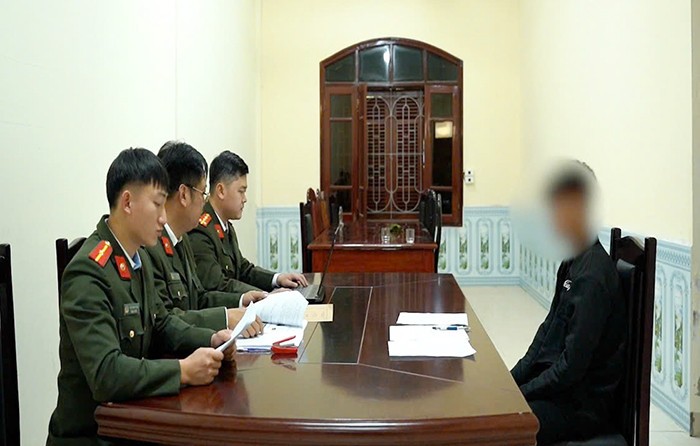


![[Photo] National Assembly Chairman Tran Thanh Man attends the VinFuture 2025 Award Ceremony](/_next/image?url=https%3A%2F%2Fvphoto.vietnam.vn%2Fthumb%2F1200x675%2Fvietnam%2Fresource%2FIMAGE%2F2025%2F12%2F05%2F1764951162416_2628509768338816493-6995-jpg.webp&w=3840&q=75)
![[Photo] 60th Anniversary of the Founding of the Vietnam Association of Photographic Artists](/_next/image?url=https%3A%2F%2Fvphoto.vietnam.vn%2Fthumb%2F1200x675%2Fvietnam%2Fresource%2FIMAGE%2F2025%2F12%2F05%2F1764935864512_a1-bnd-0841-9740-jpg.webp&w=3840&q=75)




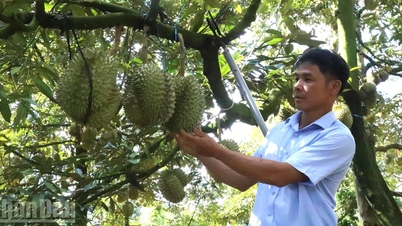

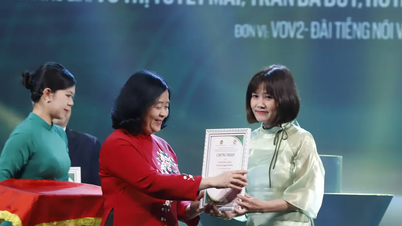












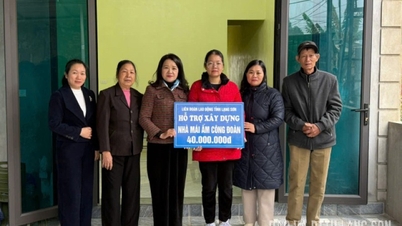





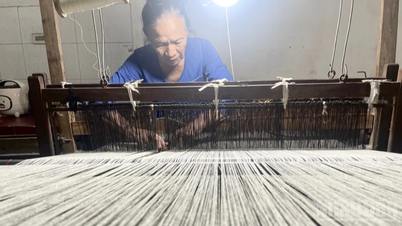













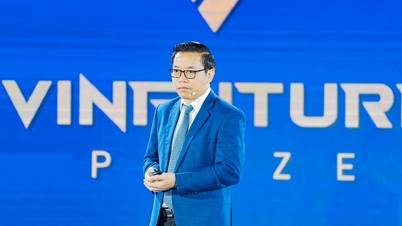

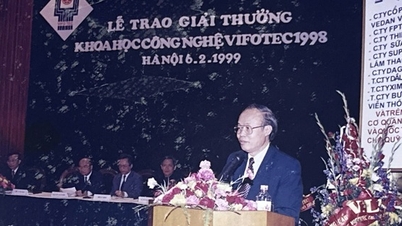

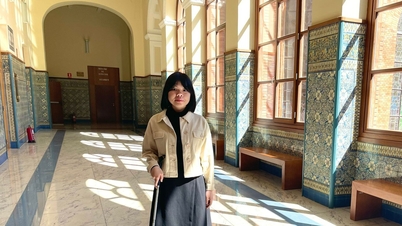

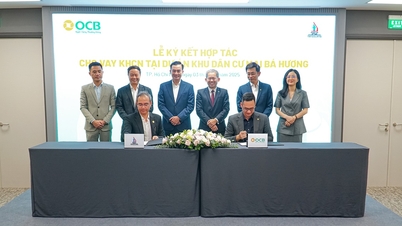

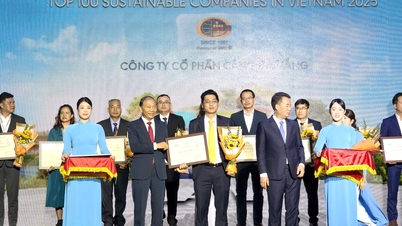
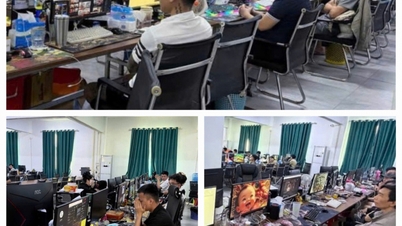
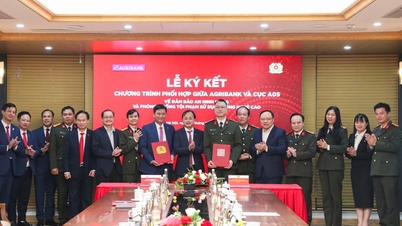















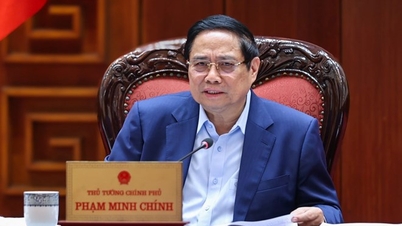
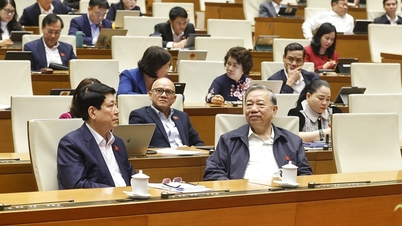
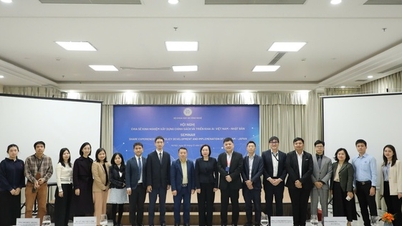
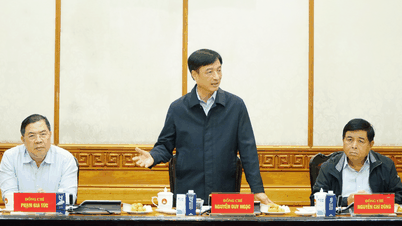

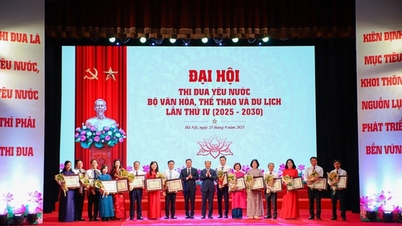

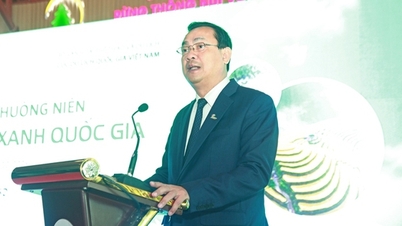
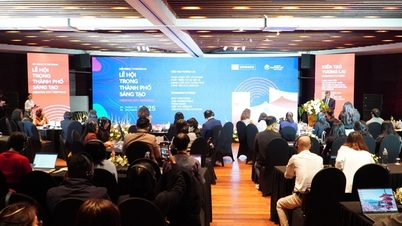
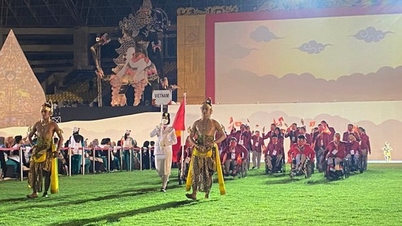

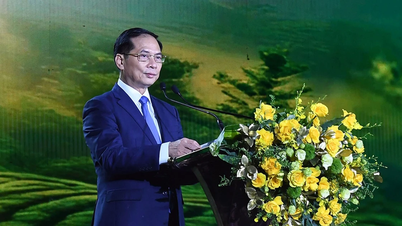


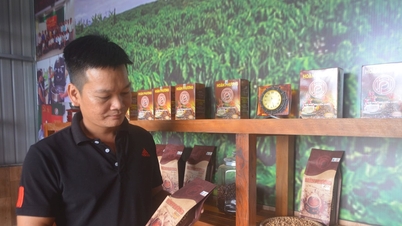


















Comment (0)